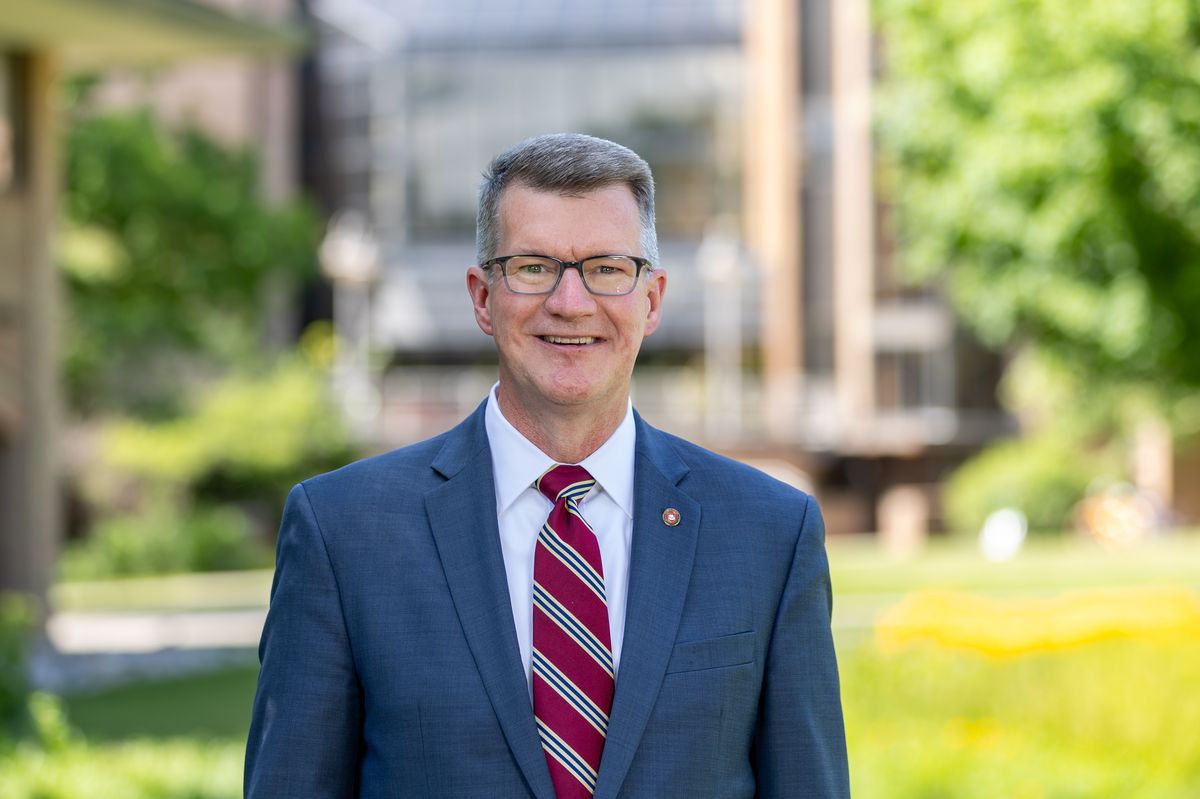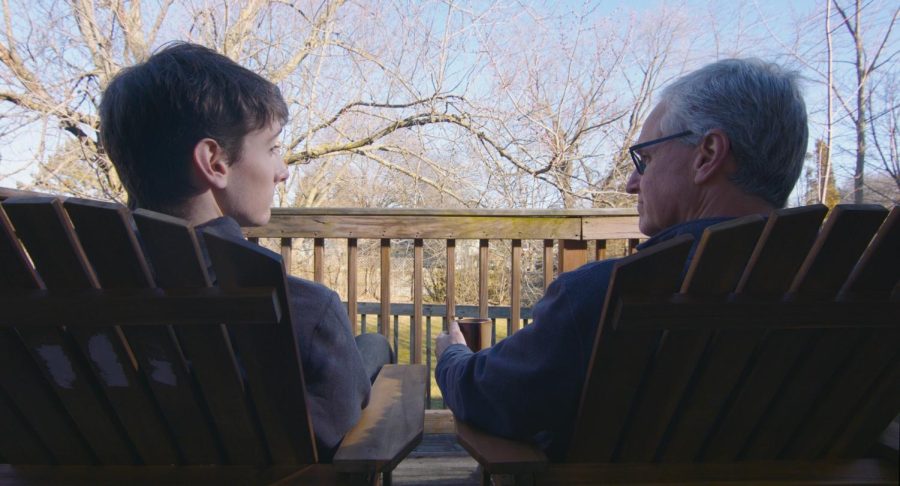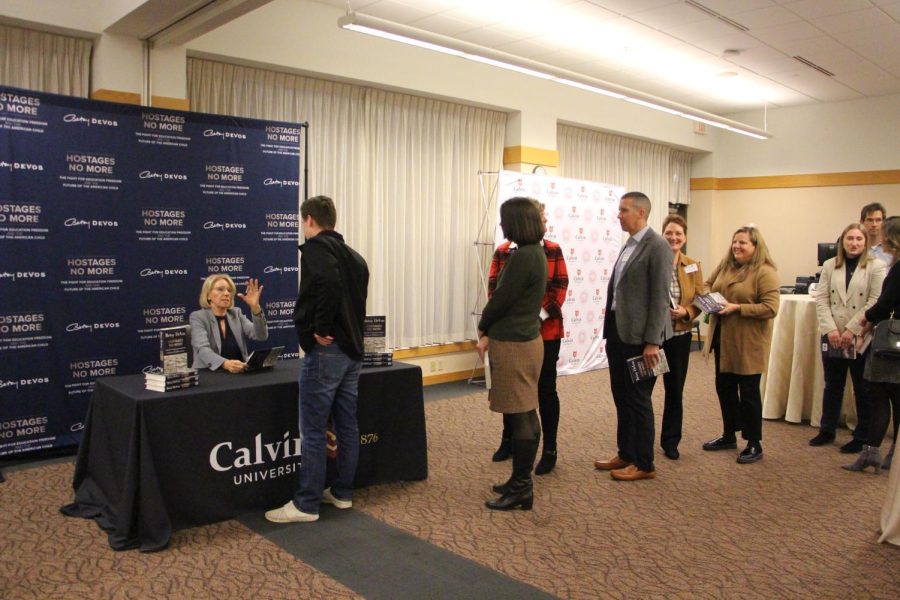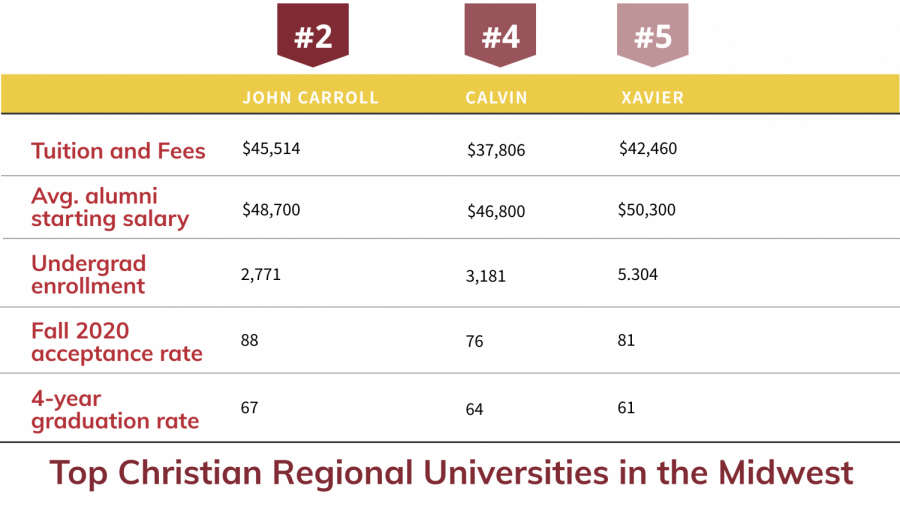Calvin released this year’s day 10 enrollment report last week, and the news is mixed. Both total enrollment and FTIAC (first time in any college) enrollment are down significantly from the last few years, while retention and graduation rates remain relatively steady.
This year’s incoming class of FTIACs (which doesn’t include transfer students) is 909, down from 944 and 951 in 2015 and 2014 respectively. This is the smallest group of incoming FTIACs since 2004. This drop occurred entirely among female students, as the number of male incoming students actually increased from last year.
Similarly, Calvin’s total enrollment, which has hovered around 4,000 students since 2010, dropped this year to 3,918 students, the lowest since the enrollment office’s posted data began in 1997. The enrollment office declined to comment about these statistics.
Bringing in fewer students means less tuition revenue than expected, which affects the college’s budget.
“We are realistic about what this means for expenses,” said President Michael Le Roy. “Lower tuition revenue will mean reduced spending for this year. We have already submitted a revised budget to the board to reflect this result and have made the necessary reductions in expenses.”
Le Roy pointed to reduced numbers of high school graduates in the Midwest and Northeast as a partial explanation for the drop in enrollment. The Chronicle of Higher Education, for example, projects a drop of 15.3 percent in the number of students graduating from high school over the next 10 years.
“It’s really important to understand our results in the context of these trends,” Le Roy said.
The enrollment report also shows slight changes in several familiar patterns. The percentages of FTIACs who are Christian Reformed, children of alumni or Christian high school graduates all remained steady or increased slightly this year, though all three demographics have declined over the last several years. These numbers continue to decline among the total student enrollment, though the trend is slowing.
“Our new approach to recruitment and a scholarship for prospective students in these categories seems to have brought some stability to patterns in these populations of students,” Le Roy said. That scholarship is the Legacy Award, an automatic $4,000 award for students who are Christian Reformed or children of alumni.
During the last academic year, Calvin focused college-wide on increasing its enrollment and first-to-second-year retention numbers. Retention is up in some demographics (like CRC students) and down in others (like international students), falling overall from 85.9 percent to 84.6 percent.
Le Roy said that it is too early to judge the success of last year’s efforts:
“It takes at least two years to see the results from a new approach to recruitment, and we expected that this would take time. We will have a much better sense of how our tactics and strategies are working next year at this time.”







